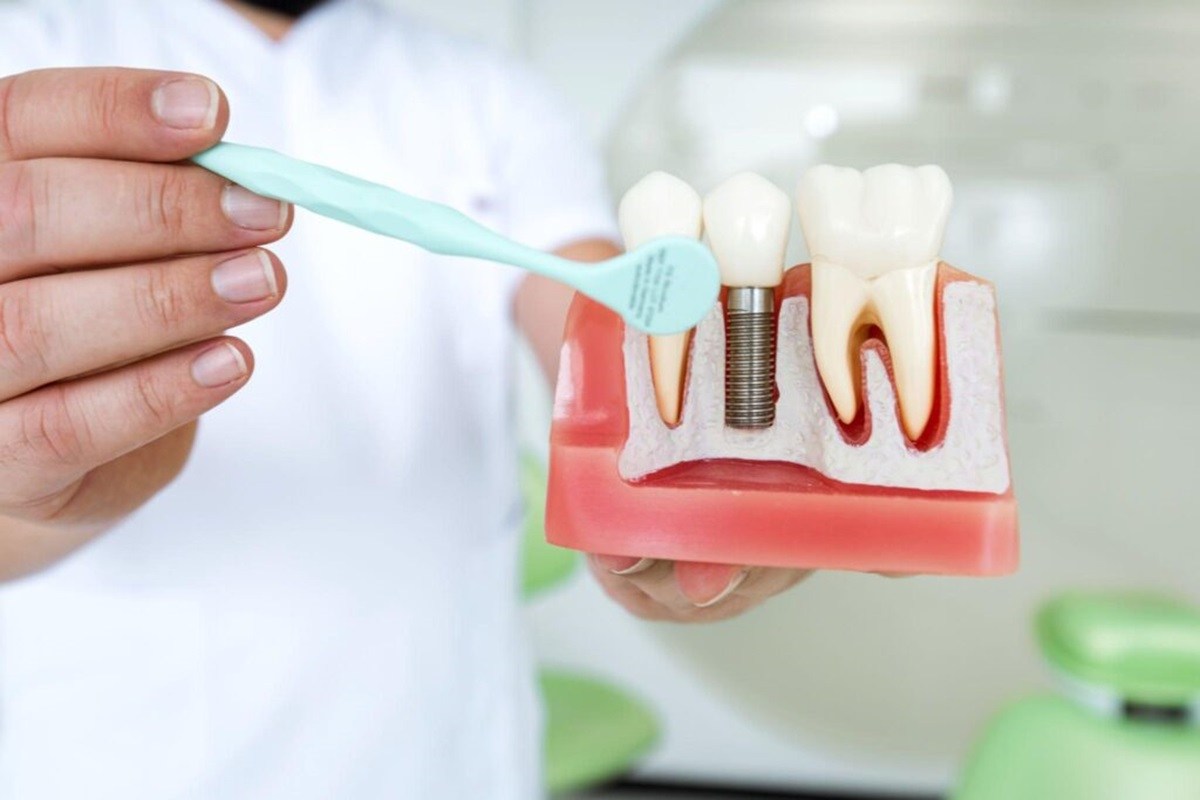Are you missing a tooth or two and wondering how to fix it? Don’t worry; you’re not alone. Many people face this problem, but there are solutions to bring back your smile. Two common options are dental bridges and implants. So without further ado, let’s learn more about them.
What Are Dental Bridges?
Imagine a bridge that connects two sides of a river. Dental bridges work similarly, but inside your mouth. They are like a fake tooth that fills the gap where your natural tooth is missing. The teeth on either side of the gap hold a bridge in place. It’s like they’re holding hands to keep the bridge steady.
What Are Dental Implants?
Now, think of an anchor buried deep in the ground to hold something strong. Dental Implants in Sylvan Lake are like anchors, but for your teeth. A dental implant is a tiny metal post placed into your jawbone to act as a root for a replacement tooth. Then, a fake tooth is attached to the implant, making it look and feel just like a real tooth.
What Are the Steps Involved?
Let’s break down what happens when you choose either a dental bridge or an implant:
Dental Bridges:
Consultation: You’ll discuss your options with your dentist near you and decide if a bridge is right.
Preparation: If a bridge is chosen, your dentist will prepare the teeth on either side of the gap by filing them down a bit. It makes room for the bridge to fit snugly.
Impressions: Your dentist will take impressions of your teeth to create a custom bridge that matches your natural teeth.
Placement: Once the bridge is ready, it will be placed and adjusted to ensure a comfortable fit.
Dental Implants:
Assessment: Your dentist will assess your jawbone and overall oral health to determine whether you’re a good implant candidate.
Surgery: If implants are suitable, you’ll undergo a surgical procedure to have the implants placed into your jawbone. This step requires time for healing and osseointegration, where the implant fuses with the bone.
Abutment Placement: After the implants have integrated with the bone, abutments (connectors) are attached. These will eventually hold the replacement tooth.
Impressions: Similar to bridges, impressions are taken to create a custom-made artificial tooth that will attach to the implants.
Attachment: Once the artificial tooth is ready, it is attached to the abutments, completing the implant restoration.
What Are the Risks and Benefits?
Both dental bridges and implants have their own set of advantages and disadvantages:
Dental Bridges:
Advantages: Bridges are non-invasive, meaning no surgery is required initially. Dental bridges near you are usually cheaper and quicker to install compared to implants.
Disadvantages: Adjacent teeth need to be filed down, which can weaken them over time. Bridges may also not last as long as implants and can require replacement.
Dental Implants:
Advantages: Implants provide a more natural look and feel as they mimic real teeth. They help maintain jawbone health and don’t require altering adjacent teeth.
Disadvantages: Implant placement involves surgery and a longer healing process. Additionally, the initial cost may be higher.
How Do You Choose Between Them?
| Sr. No. | Factors | Description |
| 1 | Durability | Dental implants are usually more durable than bridges. They can last a lifetime if taken care of properly. Bridges may need replacing every 5 to 15 years. |
| 2 | Procedure | Getting implants involves surgery and takes more time to heal. Bridges don’t require surgery and are quicker to put in place. |
| 3 | Cost | Bridges are often cheaper than implants, but remember, they might need to be replaced more often, which could cost more in the long run. |
| 4 | Bone Health | Implants help keep your jawbone healthy because they act like real tooth roots. Bridges don’t provide this benefit. |
| 5 | Adjacent Teeth | With a bridge, the teeth on either side of the gap must be filed down to support it. Implants don’t require this, so your neighbouring teeth stay intact. |
| 6 | Comfort | Some people find implants more comfortable because they feel like natural teeth. Bridges can sometimes feel bulky. |
| 7 | Maintenance | Both implants and bridges need proper care to last a long time. Regular brushing, flossing, and dental check-ups are a must. |
Final Thoughts
Choosing between dental bridges and implants depends on your specific situation and needs. You can talk to us at Sylvan Lake Dental Centre; we can help you decide which option is best for you. Remember, whatever you choose, it’s all about bringing back your smile and keeping it bright.
So, whether you opt for a sturdy bridge or a strong implant, know there’s a solution to make your smile whole again. Talk to our dentist in Sylvan Lake, weigh your options, and soon you’ll be flashing those pearly whites with confidence once more.

